You can create effective flea traps using simple household items like shallow bowls, dish soap, and desk lamps. Fill a bowl with water and add a tablespoon of dish soap, then position it under a bright light source. Alternatively, cover cardboard with double-sided sticky tape and place it near warm areas where your pets rest. Both methods attract fleas using light and warmth, then trap them effectively. These proven techniques offer much more strategic implementation possibilities.
Signs That Indicate You Have a Flea Problem
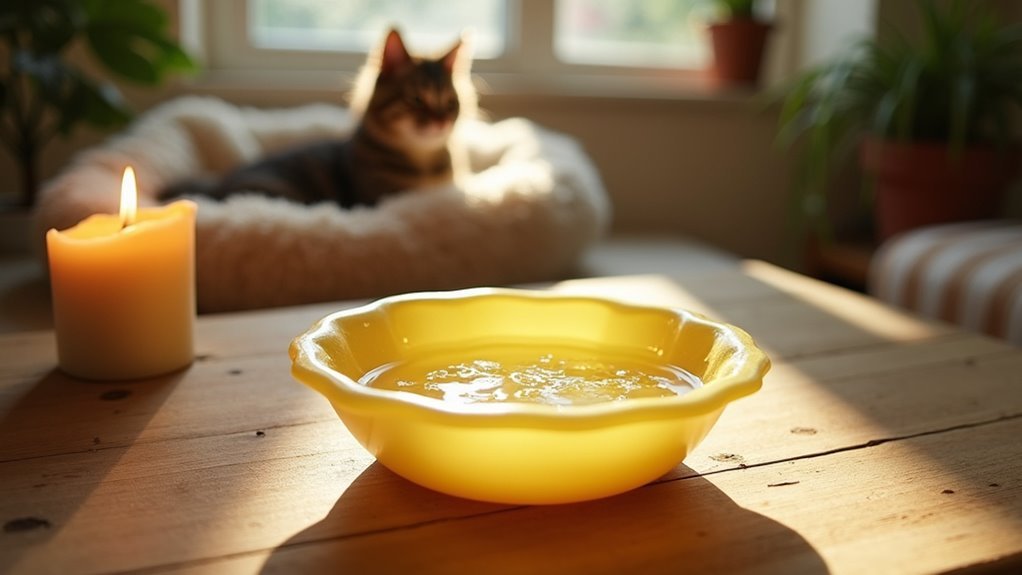
Why might you suspect fleas have invaded your home? If you’ve got pets showing excessive itching and irritation, you’re likely dealing with a flea problem.
Watch for skin bumps and hair loss on your furry friends – these are telltale signs of flea bites.
You can detect fleas by walking around in white socks, which’ll catch any jumping fleas from your carpet or flooring. These tiny, dark brown, oval-shaped pests are only 1/8-inch long, making them hard to spot without close inspection.
If you’re getting bitten at night, especially in a home with pets, fleas are probably the culprit.
Don’t confuse them with bed bugs – the presence of pets strongly indicates you’re dealing with fleas instead.
Understanding What Attracts Fleas to Your Home
Before you can effectively trap fleas, you’ll need to understand what draws these persistent pests into your living space. Fleas are primarily attracted to warmth, light, and carbon dioxide that you and your pets exhale.
If you’ve noticed fleas on dogs or other pets, it’s because these parasites seek out body heat and blood meals. Your furry companions greatly increase infestation risks by providing ideal hosts.
Fleas gravitate toward bright areas near lamps and windows, making these prime locations for trap placement. They also hide in dark, secluded spots throughout your home.
While scented elements like citrus or lavender repel fleas, unscented areas become more appealing to them. Understanding these attraction factors helps you strategically position homemade traps for maximum effectiveness.
Soapy Water Bowl Trap Setup
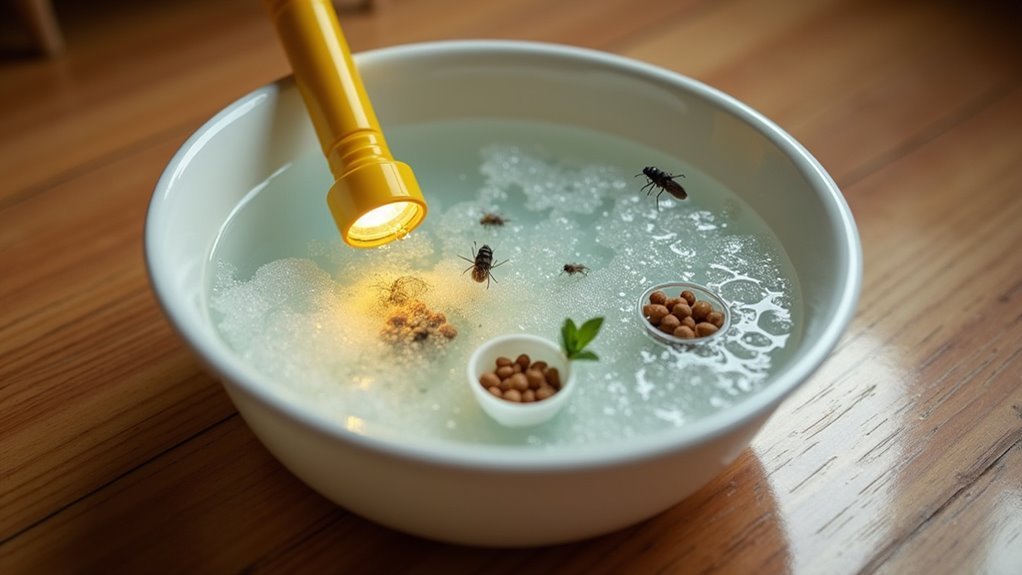
Now that you know where fleas gather and what draws them in, you can create one of the most effective homemade traps using items you already have.
Your soapy water bowl trap requires just a shallow bowl, water, and dish soap. Fill the bowl with water and add a tablespoon of dish soap to break the surface tension.
Position it under a desk lamp, as fleas jump toward light sources. The soap prevents fleas from swimming back to the surface, causing them to drown.
Set up your soapy water bowl trap at night when fleas are most active. Check and refill regularly, and place multiple traps throughout your home for maximum effectiveness.
Light Positioning for Maximum Flea Attraction
Since fleas instinctively jump toward light and heat sources, proper light positioning transforms your simple soapy water trap into a highly effective flea-catching system.
Position your desk lamp or nightlight 12-18 inches above the trap for ideal visibility and attraction. A warm light bulb works best since fleas gravitate toward heat sources more readily than cool lighting.
Create maximum contrast by turning off all surrounding lights, making your trap the only illuminated area in the room. This darkness forces fleas to focus on your targeted light source.
Check your light positioning regularly and adjust as needed—fleas can adapt to their environment over time. Strategic light positioning doubles your trap’s effectiveness by exploiting fleas’ natural phototactic behavior.
Sticky Tape Cardboard Trap Method
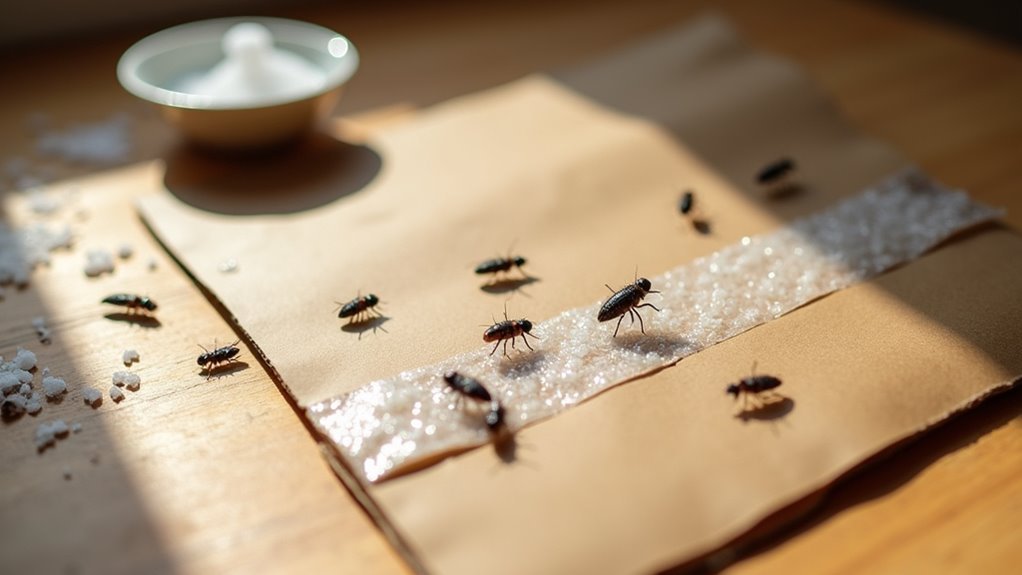
You’ll create an effective flea trap by covering a piece of cardboard with double-sided sticky tape and positioning it strategically in your home.
Place the cardboard trap near a warm light source like a desk lamp, as fleas are naturally drawn to illuminated areas and will jump toward the light only to get stuck on the adhesive surface.
This chemical-free method works best when you position the light about 12-18 inches above the sticky cardboard to create an irresistible target for jumping fleas.
Setup and Placement
While creating the sticky tape surface requires precision, proper placement determines your trap’s success rate.
Position your cardboard trap in high-activity areas where you’ve noticed fleas, particularly near your pet’s favorite resting spots or sleeping areas.
Install a desk lamp directly above the trap to create an irresistible light source that’ll draw fleas upward. Turn off other room lights to maximize the lamp’s attraction power.
Place the trap on the floor where jumping fleas can easily reach the light but land on your sticky surface instead.
Keep the trap away from children and pets for safety.
Check your trap daily and replace the sticky tape regularly to maintain peak effectiveness for ongoing flea control throughout your home.
Light Source Requirements
The right lighting setup makes or breaks your sticky tape cardboard trap’s effectiveness.
Position a desk lamp or any electric light source directly above your cardboard to attract fleas, who naturally gravitate toward illumination. You’ll need to turn off all other lights in the room to create strong contrast that draws fleas specifically to your trap area.
Choose an electric lamp over candles to avoid fire hazards.
Place your trap near an electrical outlet for convenient setup without creating clutter or needing extension cords. The focused light source creates an irresistible beacon that encourages fleas to jump toward the illuminated cardboard where your double-sided sticky tape waits to capture them effectively.
Corn Syrup and Water Mixture Trap
Creating an effective flea trap requires nothing more than corn syrup and water from your kitchen pantry.
You’ll need to boil equal parts of both ingredients, then let the mixture cool completely before pouring it into a shallow bowl.
Position your bowl directly under a desk lamp in a darkened room. Fleas are naturally drawn to light sources and will jump toward the illumination, landing in your sticky trap. The corn syrup creates a tacky surface that prevents their escape once they’re caught.
These flea traps work best overnight, giving you maximum capture time while you sleep.
Check your trap regularly and replace the mixture as needed to maintain its stickiness and continue controlling your home’s flea population effectively.
Honey-Based Styrofoam Plate Trap
Another simple yet effective approach involves spreading honey across a Styrofoam plate to create a natural adhesive surface.
This honey-based Styrofoam plate trap works by positioning a nightlight above the honey-covered plate. The light and warmth attract fleas, which then become stuck in the sticky honey layer.
You’ll appreciate this method’s simplicity since it requires only three materials: a Styrofoam plate, honey, and a nightlight.
It’s completely chemical-free, making it safe for homes with pets and children. The cost-effectiveness compared to store-bought alternatives makes it particularly appealing.
Monitor your trap regularly to assess its performance against your flea infestation.
After one week of continuous use, you’ll typically observe a significant number of trapped fleas, demonstrating this DIY solution’s effectiveness.
Essential Household Items for Flea Trapping
Beyond honey and Styrofoam plates, you’ll find numerous common household items that work exceptionally well for trapping fleas.
White porcelain dishes filled with soapy water create highly effective traps, especially when enhanced with a nearby fan to blow air over the surface.
Double-sided sticky tape applied to cardboard pieces captures jumping fleas when positioned near light sources. You can also create corn syrup and water mixtures in shallow bowls for sticky traps that prevent flea escape.
Desk lamps greatly boost trap effectiveness since fleas naturally jump toward light sources.
Essential oils like lavender and lemon enhance your traps’ repellent properties when added to bowls or sprays.
These simple household solutions complement professional flea treatment for dogs, providing thorough pest control throughout your home.
Optimal Trap Placement Throughout Your Home
While having effective flea traps matters, their placement determines your success in controlling these persistent pests. You’ll want to position your homemade traps near warm light sources like lamps, as fleas are naturally drawn to heat and illumination.
Focus on high-activity areas, particularly where your pets sleep or spend most of their time.
Strategic placement enhances your flea prevention efforts:
Strategic trap positioning in pet areas, dark corners, and high-traffic zones maximizes your flea control success rate.
- Place traps on carpets and rugs where fleas typically hide to identify infestation hotspots
- Position multiple traps in dark corners, under furniture, and near entryways for thorough monitoring
- Set traps close to pet bedding areas and favorite resting spots for maximum effectiveness
Remember to check and refresh your traps regularly, ensuring they remain sticky and functional for ongoing flea control throughout your home.
Safety Considerations for Pets and Children
When creating flea traps, you’ll need to prioritize your family’s safety by carefully choosing where to place these devices away from curious pets and children.
You should select child-proof materials and secure positioning to prevent accidental contact with sticky surfaces or trap components.
Most importantly, you’ll want to use only non-toxic ingredients like dish soap or honey instead of harsh chemicals that could harm your loved ones if accidentally ingested.
Pet-Safe Trap Placement
How can you guarantee your homemade flea traps effectively catch pests without endangering your family and furry friends?
Strategic placement is essential when using household items as flea traps. You’ll need to position them where fleas congregate while keeping them away from curious pets and children.
Choose locations near pet bedding or favorite resting spots, but make sure they’re inaccessible to little hands and paws. Use shallow bowls or plates as low-profile options that won’t easily tip over if accidentally bumped.
- Place traps under furniture or behind barriers where pets can’t reach
- Avoid high-traffic play areas where children and pets spend time
- Secure traps in corners or against walls for stability
Regular monitoring guarantees your traps remain both effective and safe throughout your flea control efforts.
Child-Proof Material Selection
Since safety comes first in any pest control strategy, you’ll want to choose materials that won’t harm your family if accidentally touched or ingested.
Child-proof material selection involves using non-toxic household items like shallow bowls, honey, and dish soap instead of commercial chemicals. These home remedies create effective traps without dangerous substances that could poison curious children.
Place sticky materials such as double-sided tape or honey completely out of reach to prevent accidental contact.
Select sturdy containers that won’t tip over easily when bumped by small hands or pets. Weight your traps or secure components to prevent displacement while maintaining functionality.
Regular monitoring guarantees your traps remain safe and effective, allowing you to address any spills or potential hazards immediately.
Non-Toxic Ingredient Alternatives
Although commercial flea sprays promise quick results, you’ll achieve safer and equally effective outcomes using non-toxic ingredients from your kitchen pantry.
These alternatives eliminate harmful chemical exposure while maintaining powerful flea-catching capabilities.
Dish soap mixed with water creates an effective drowning trap that suffocates fleas without endangering your family. Corn syrup combined with water forms a sticky surface that captures fleas safely. Essential oils like lavender or peppermint naturally repel fleas when added to your homemade solutions.
- Soapy water bowls – Place shallow dishes filled with dish soap solution under light sources
- Honey-covered plates – Apply thin honey layers to disposable plates for sticky trapping
- Essential oil deterrents – Add lavender or peppermint oils to enhance trap effectiveness
Regular monitoring guarantees ideal results while protecting your household’s health.
Monitoring and Maintaining Your Homemade Traps
Why settle for setting up flea traps only to let them lose effectiveness over time?
You’ll need to check your homemade flea traps regularly to assess their performance and guarantee they’re capturing fleas effectively. Replace the soapy water or honey every few days since these solutions become saturated and less effective over time.
Monitor how many fleas you’re trapping to gauge your infestation’s severity and adjust your treatment strategies accordingly.
Position traps in high-activity areas like near pet bedding or favorite resting spots to maximize capture rates.
Don’t rely on trapping alone—maintain consistent cleaning routines including vacuuming and washing pet bedding. This prevents reinfestation and keeps flea populations manageable while your traps work.
Combining Multiple Trap Methods for Better Results
You’ll maximize your flea-catching success by combining different trap methods instead of relying on just one approach.
Strategic placement of multiple trap types throughout your home, rotating light sources between locations, and creating enhanced sticky surfaces will target fleas more effectively than single-method trapping.
This multi-pronged strategy guarantees you’re covering all potential flea hotspots while taking advantage of each method’s unique strengths.
Strategic Trap Placement
How can you maximize your flea-trapping success when dealing with a persistent infestation? Strategic trap placement makes all the difference in capturing these persistent pests. Position your traps near warm light sources like a desk lamp, as fleas naturally gravitate toward warmth and illumination.
Focus on high-activity zones where you’ve noticed increased pet scratching or flea evidence.
Key placement strategies include:
- Target pet sleeping areas – Place multiple traps around beds, couches, and favorite resting spots
- Monitor and relocate regularly – Move traps to newly identified problem areas based on ongoing observation
- Space traps appropriately – Avoid overcrowding by ensuring adequate distance between traps to prevent competition
Deploy traps across multiple rooms rather than clustering them in one location. This thorough coverage approach greatly increases your chances of intercepting adult fleas.
Rotating Light Sources
While single light sources can attract fleas effectively, rotating multiple light sources around your traps creates a dynamic hunting environment that greatly enhances your catch rate.
Position desk lamps at varying angles around your soapy water or sticky tape flea traps to maximize attraction. The changing light positions confuse fleas and make trap avoidance nearly impossible.
You’ll achieve better results by combining both soapy water and sticky tape methods under your rotating lights. This dual approach guarantees fleas either drown or get trapped regardless of their jumping pattern.
Place your light sources at heights that encourage upward jumping toward the illumination. The constant movement of light creates an irresistible beacon that draws fleas from multiple directions, markedly increasing your overall trapping success rate.
Enhanced Sticky Surfaces
Several enhancements to your sticky trap surfaces can dramatically boost their capturing power when combined with other trapping methods.
You’ll maximize flea and tick capture by creating multi-layered approaches that target different behaviors and preferences.
Double-sided sticky tape on cardboard bases provides larger surface areas near light sources. Adding honey or corn syrup creates irresistible landing spots that prevent escape once pests make contact.
Position these enhanced surfaces alongside soapy water traps near warm lamps for thorough coverage.
Key enhancement strategies include:
- Combining sticky tape with soapy water traps under shared light sources
- Creating honey-coated sticky surfaces for increased attraction and immobilization
- Layering multiple trap types in high-traffic areas for diversified capture methods
This multi-trap approach greatly improves your success rates against persistent flea and tick populations.
When DIY Traps Require Professional Backup
Even with your best efforts, DIY flea traps sometimes can’t tackle the scale of infestation you’re facing.
Despite your dedication and hard work, homemade flea solutions may fall short against overwhelming infestations requiring stronger intervention.
If your homemade traps don’t greatly reduce flea populations within a week, you’re likely dealing with a severe problem that needs professional intervention.
Professional pest control services target all life stages—adults, eggs, larvae, and pupae—which your DIY traps can’t eliminate.
They’ll apply targeted insecticides unavailable to homeowners and may require multiple flea treatments for complete eradication.
Experts provide integrated pest management solutions combining chemical and non-chemical methods for thorough control.
Once professionals handle the infestation, you’ll need to maintain regular cleaning and monitoring routines to prevent future outbreaks from reoccurring in your home.
Frequently Asked Questions
What Is the Best Homemade Flea Trap?
You’ll find the soapy water trap works best for catching fleas. Place a shallow bowl filled with dish soap and water under a desk lamp overnight. The light attracts fleas, and they’ll drown.
What Household Item Attracts Fleas?
You’ll find that bright lights attract fleas most effectively since they’re drawn to warmth and illumination. Sweet corn syrup also lures them in, while essential oils like lavender enhance attraction when combined with lighting.
What Is an Instant Homemade Flea Killer?
You can create an instant homemade flea killer by mixing equal parts water and vinegar. This solution disrupts fleas’ nervous systems, killing them on contact when you spray it directly onto the pests.
What Liquid Attracts and Kills Fleas?
You’ll find soapy water works best as it attracts fleas with warmth and light while drowning them instantly. Apple cider vinegar mixed with water also draws them in effectively through scent.
In Summary
You’ve learned several effective homemade flea trap methods using common household items like dish soap, bowls, lamps, and sticky tape. Remember to position these traps strategically, monitor them regularly, and keep them safe around pets and kids. While DIY traps can greatly reduce flea populations, don’t hesitate to call professionals if you’re dealing with a severe infestation. Combine multiple methods and stay consistent with your efforts for the best results in reclaiming your home.
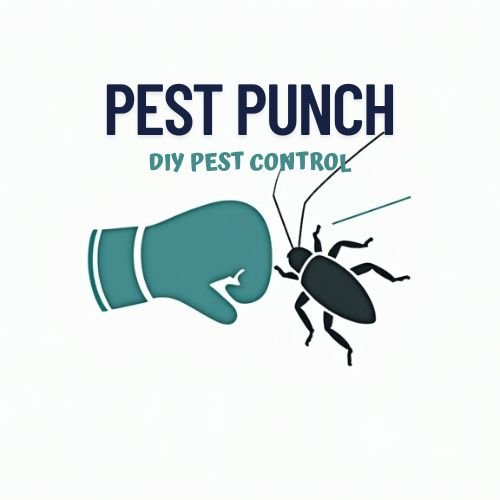
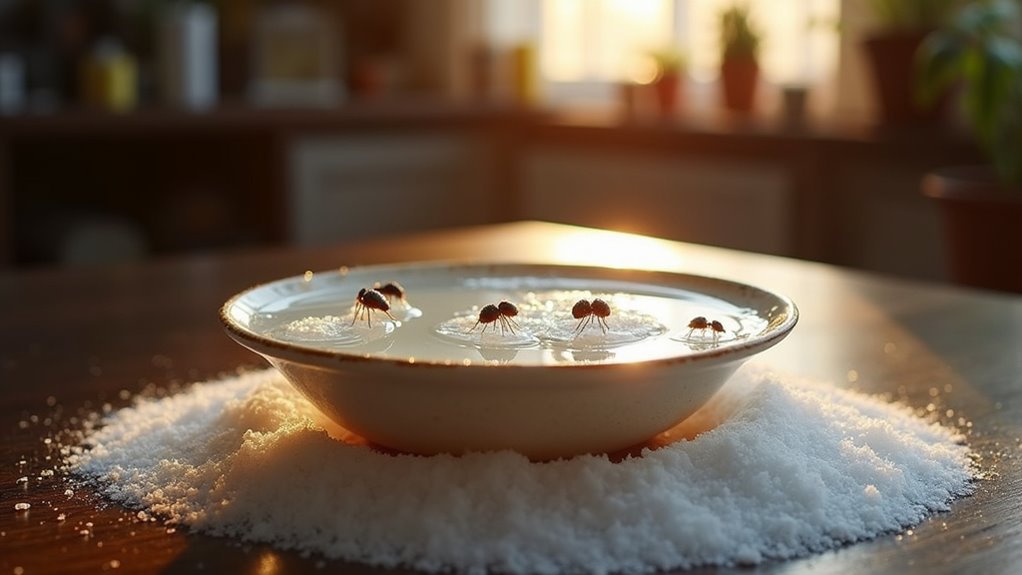
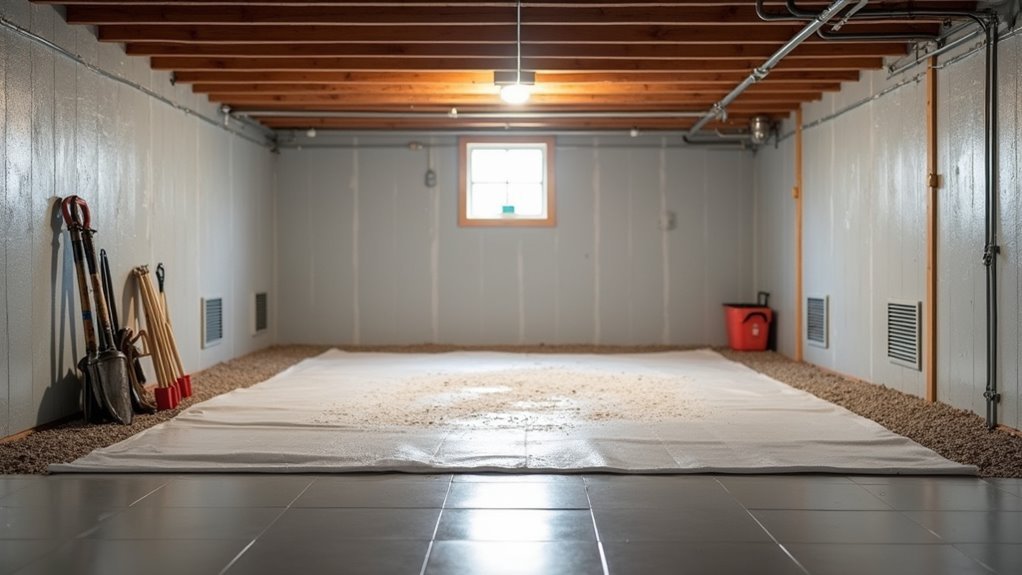
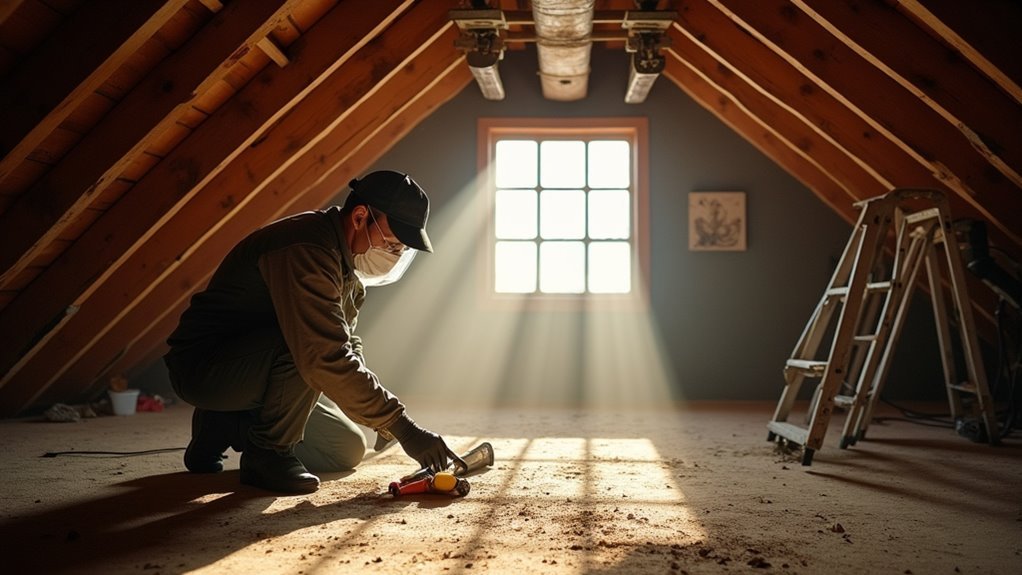
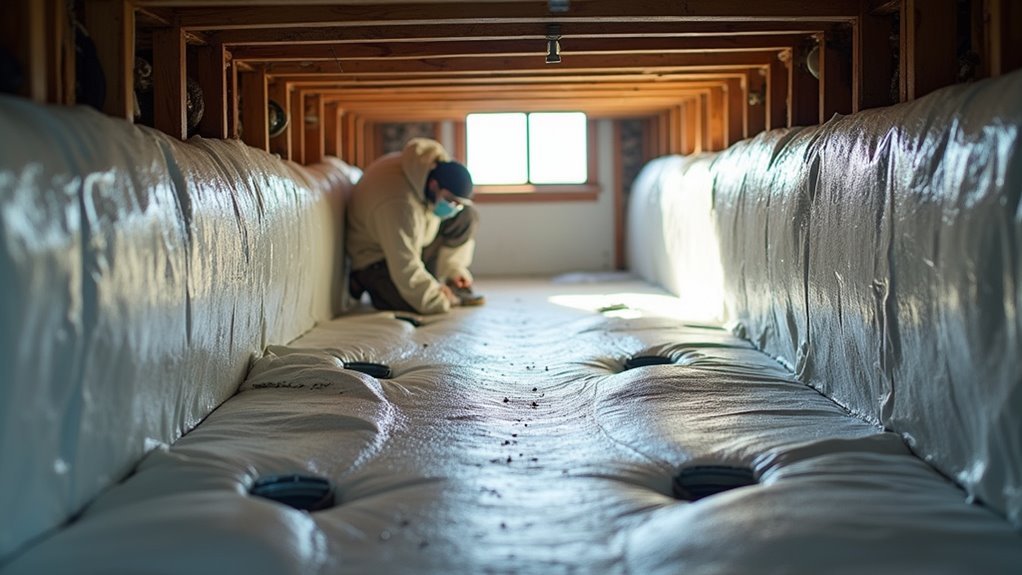
Leave a Reply